Threat of silent migration waiting for saffron
A member of the National Saffron Council announced a 26 percent increase in saffron exports in the first five months of this year and announced: We are ready to export about 400 tons of saffron this year. Of course, in the meantime, all the neighboring countries that can produce saffron in terms of climate are a potential threat to silent migration through the smuggling of Iranian saffron onions, and we must be aware of this.
Ali Hosseini stated: About 350 tons of saffron is consumed in the world and the production potential of Khorasan Razavi and South Khorasan provinces alone is about 400 tons, because according to the statistics of the Ministry of Jihad Agriculture, about 100,000 hectares of saffron have been cultivated in these two provinces. The four kilograms that are the minimum expected from these lands can be predicted that more than 400 tons will be produced in these two provinces this year, and we must plan for the same amount for export.
He said that the consumption of saffron in Iran is finally 60 tons, adding: In the current situation, the price of saffron has decreased and everyone is waiting for saffron to reach the market this year to resume exports, because the harvest season begins in November . Of course, the future cannot be predicted until new requests are received.
The member of the National Saffron Council stated that although about 200 to 230 tons of saffron is exported annually, we must prepare ourselves for the export of 400 tons. He continued: Every neighboring country such as Armenia, Tajikistan, Afghanistan, etc. that has the ability to produce saffron They can be considered a threat to Iran and Iranian saffron, because with the smuggling of saffron onions, we will see the silent migration of this plant; Therefore, we must be vigilant and prevent this migration from happening, because if another saffron farm is destroyed, we will not be able to rebuild it so easily, or import thousands of tons of seeds into Iran like wheat and other agricultural products, because Does not exist.
Hosseini said: If Iran could replace Spain in the production of saffron in the last three decades, while the production of this product in Spain in the last 30 years was more than Iran, due to the increase in quantity and quality of Iranian saffron at a more competitive price than It was the Spanish example that actually caused it to go bankrupt, and Spain, which could no longer compete with Iran, sold its saffron onions to neighboring Morocco, and we see that after 10 years it has not been able to rebuild its fields and Morocco to one of the producers. Although it has become a part of saffron.
He stressed: Over the past years, the area under saffron cultivation has always increased, while instead we should seek to increase the yield of this product per unit area, which by easily taking some measures we can double the production per hectare Increase the current statistics (4 kg) and only in such circumstances should we seek marketing, marketing and production for target markets.
In the first five months of this year, 68 tons and 640 thousand kilograms of saffron worth 92 million and 623 thousand dollars were exported to 54 different countries, of which 26.48 percent in terms of weight and 16.22 percent in terms of value over the same time yield per year. The past has increased.

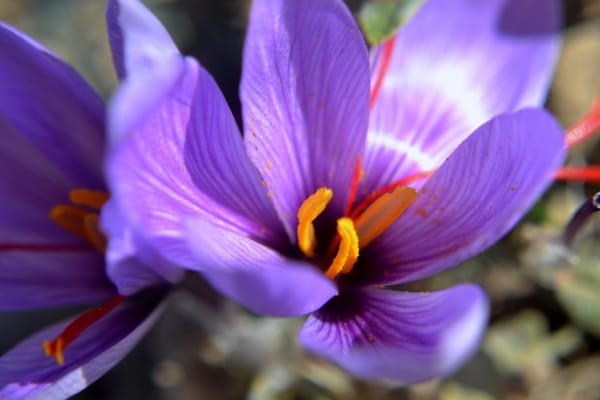
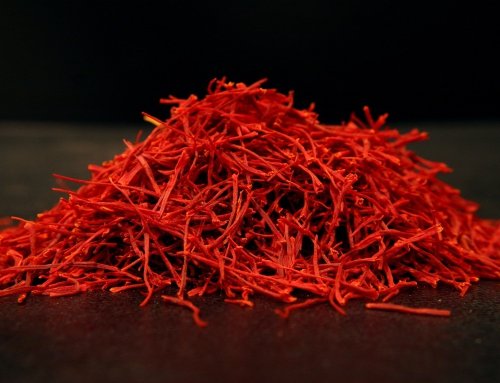
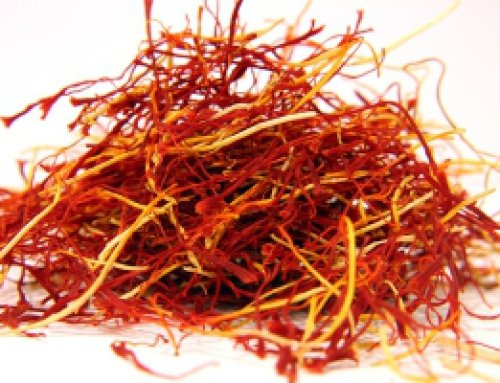
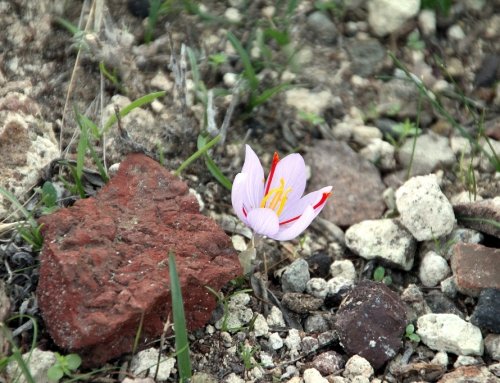
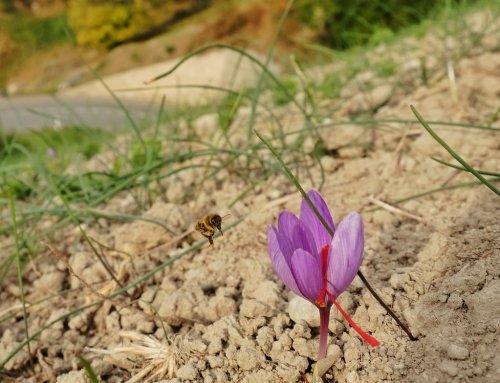

Get Social